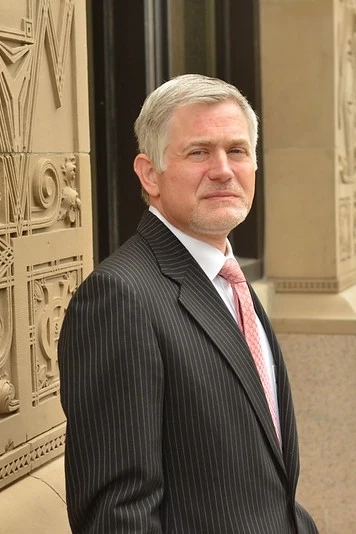An Austin, Minnesota man was sentenced earlier this month on a felony driving while impaired conviction involving allegations that the man had been driving drunk on a motorized bicycle. Mower County, Minnesota officials claim that the 44-year-old was riding the motorized scooter without any headlights around 2:00 in the morning on July 31. An Austin police officer observed the man run a stop sign and travel on the wrong side of the road before the cop pulled him over, according to the criminal complaint.
Twin Cities area readers may understand that new Minnesota DWI charges may be enhanced based upon a driver’s prior DWI record, or based upon a combination of three or more qualified prior impaired driving incidents within 10 years. A prior felony DWI conviction, or prior criminal vehicular homicide or operation conviction –regardless of the age of the conviction–may also be used to enhance a new DWI charge to a felony level offense.
Law enforcement in Southern Minnesota say that after the Austin man was pulled over on his motorized bike, he measured 0.20 percent alcohol content in a DWI alcohol test. Authorities say that the man had been convicted of felony DWI in 2004 in Houston County, Minnesota. Based upon that prior record, the man was charged with two counts of felony DWI after his July 31 arrest.
The 44-year-old reportedly pled guilty to one count of felony DWI under a plea agreement. A first-degree DWI charge carries a statutory maximum sentence of 7 years in state prison upon conviction, and-or a potential fine of up to $14,000. The man was sentenced to seven year’s probation and fined $500 for the felony DWI conviction. The man will also be required to serve 30 days on electronic home monitoring under the sentencing order.
Source: Austin Daily Herald, “Conviction sticks for DWI on motor scooter,” Matt Peterson, April 15, 2013






